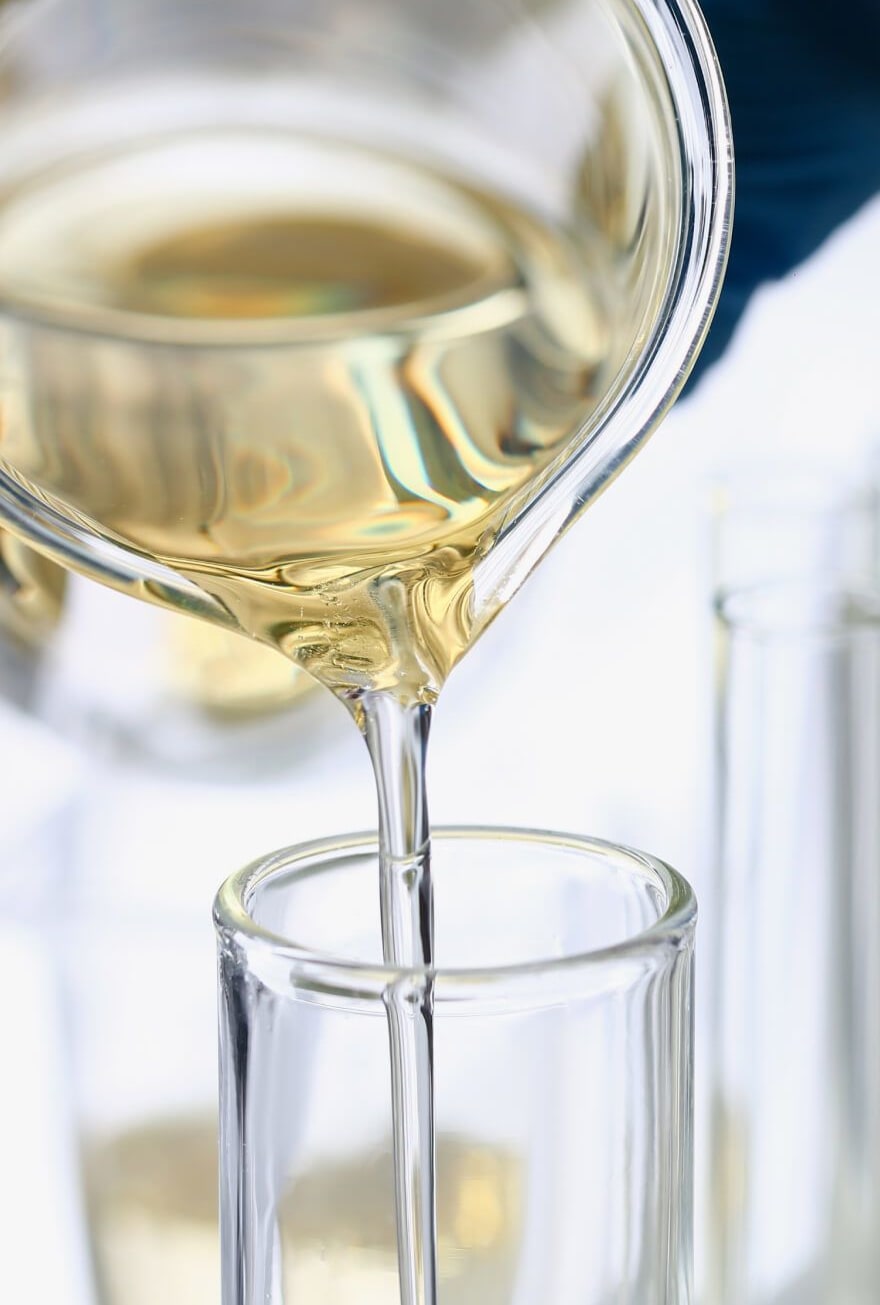Knowde Enhanced TDS
Identification & Functionality
- Chemical Name
- Agrochemical Functions
- CAS No.
- 9038-95-3
- EC No.
- 618-542-7
- Technologies
Features & Benefits
- Agrochemicals Features
- Product Highlights
TOXIMUL 8330 is a novel polymeric surfactant that is highly effective across a range of formulation types. The newly developed TOXIMUL 8330 is a 100% active butyl polyalkylene oxide block copolymer that combines the outstanding stabilization performance of a high molecular weight product with the handling convenience of a liquid product.
- Product Benefits
TOXIMUL 8330 provides a range of additional benefits that will make it the product of choice for new formulation development efforts.
- As a liquid at room temperature, heating is not necessary, potentially reducing production times and energy costs, as well as helping ensure that active stability is maintained.
- Additionally the product has enhanced oil stability, making it a valuable tool for oil-based formulation development.
- The product does not have gelling tendency and rapidly disperses upon addition into water.
- Can be used as an emulsifier, dispersant or wetting agent
- Used as a nonionic surfactant in emulsifier blend formulations
- Soluble in water, methanol and xylene
- Good dispersant/blooming
Applications & Uses
- Markets
- Applications
TOXIMUL 8330 is a high HLB polymeric surfactant that can be used as an emulsifier and wetting agent. It is 100% active and fluid at room temperature for easy handling.
Properties
- Formulation Type
- Physical Form
- Soluble in
- Methanol, Xylene
- Insoluble in
- Kerosene
- Typical Properties
| Value | Units | Test Method / Conditions | |
| Cloud Point (in 5% aqueous solution) | 77 | °C | — |
| Hydrophobe | Butanol | — | — |
| Density (at 25°C) | 1.07 | g/ml | — |
| Average Molecular Weight | 8000 | — | — |
| Actives Content | 100 | % | — |
| Flash Point | min. 94 | °C | PMCC Flash Point Tester |
| HLB | 17 | — | — |
| Miscible in | Water | — | — |
| Moisture Content | max. 0.5 | % | — |
| pH (in 5% aqueous) | 6 | — | — |
| Pour Point | 9 | °C | — |
| Regulated Volatile Organic Chemicals | 0 | % | U.S. EPA |
| Viscosity (at 25°C) | 2400 | cPs | — |
Regulatory & Compliance
- Certifications & Compliance
- Clearances
- The international inventories (country clearances) of TOXIMUL 8330 can be found in Section 15 of the Safety Data Sheet (SDS). It is the responsibility of the formulator to review the chemical control regulations for each country where the end-product is intended to be sold or used.
- TOXIMUL 8330 is approved for use as an inert ingredient under U.S. EPA 40 CFR 180.960.
Packaging & Availability
- Standard Packaging
TOXIMUL 8330 is available in drums and in bulk quantities.
Storage & Handling
- Storage & Handling
- Normal safety precautions (i.e., gloves and safety goggles) should be employed when handling TOXIMUL 8330 handling materials. See SDS for more information.
- Bulk Storage Information: Stainless steel and glass fiber-reinforced polyester tanks are recommended. Many oven-cured phenolic and epoxy/phenolic linings may also be used. Elevated storage temperature may be desirable to maintain ease of pumping. Temperatures up to 130°F (54°C) can be maintained for long periods of time without degradation of the product.
- Non-Bulk Storage Information: TOXIMUL 8330 which has been stored in drums at temperatures below 50°F (10°C) may thicken or solidify. It may be fluidized by warming with a drum heater or in a steam room. Drums should be vented prior to heating to avoid excessive pressure build up. Product temperatures over 130°F (54°C) are not recommended.
- Workplace Exposure
Occupational exposure can occur primarily through skin contact or via inhalation of vapors and mists. Engineering controls, personal protective equipment, and other workplace practices should be used to control these exposures. See SDS for more information.

